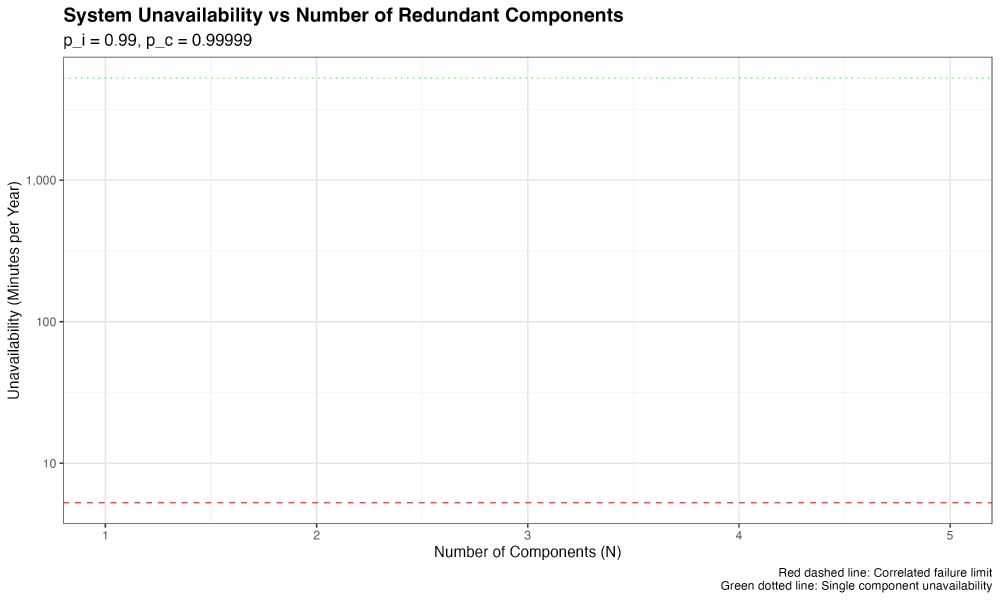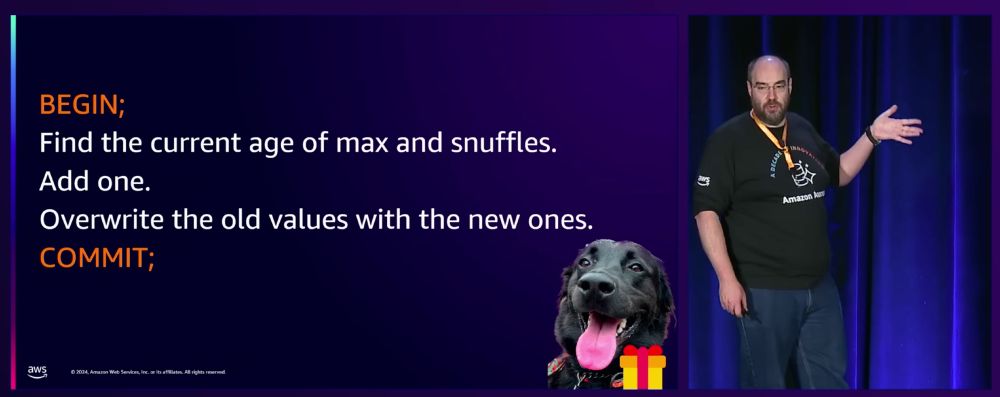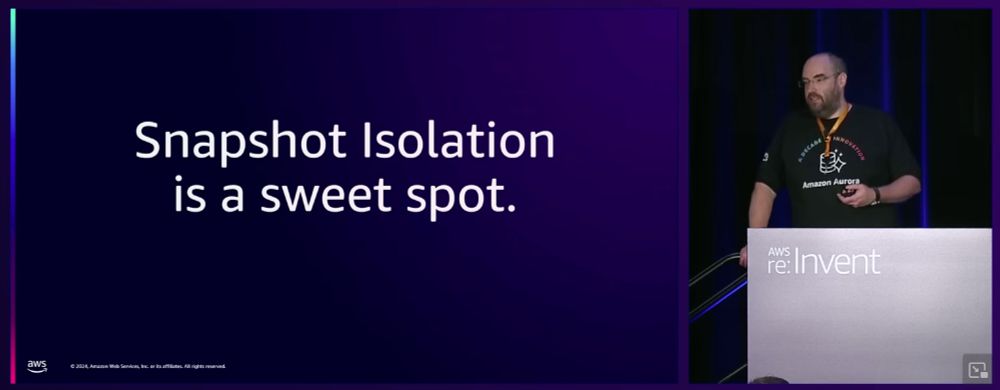Check out my blog: https://brooker.co.za/blog/

On the left, we see the great "exponential benefit at linear cost" impact of redundancy. But that quickly tapers off as the single point of failure dominates.
What can this teach us about building good HA architectures?

On the left, we see the great "exponential benefit at linear cost" impact of redundancy. But that quickly tapers off as the single point of failure dominates.
What can this teach us about building good HA architectures?
I have an architecture with N redundant components, each available 99% of time time, and one non-redundant component available 99.999% of the time.
Sketch, on the provided axes, the end-to-end availability curve versus N.


I have an architecture with N redundant components, each available 99% of time time, and one non-redundant component available 99.999% of the time.
Sketch, on the provided axes, the end-to-end availability curve versus N.






Here's what it looks like:

Here's what it looks like:



Token bucket approaches can avoid many (but not all) retry-related problems: brooker.co.za/blog/2022/02...

Token bucket approaches can avoid many (but not all) retry-related problems: brooker.co.za/blog/2022/02...





But there's something even more remarkable: how easy GenAI makes it to explore results like this.

But there's something even more remarkable: how easy GenAI makes it to explore results like this.






